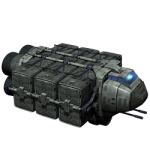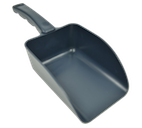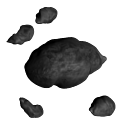 Traders are the lifeblood of any economy – no matter how big or small. They ensure buildings are traded on time, that they don’t overflow with excess production and stockpiles don’t accumulate in the wrong place.
Traders are the lifeblood of any economy – no matter how big or small. They ensure buildings are traded on time, that they don’t overflow with excess production and stockpiles don’t accumulate in the wrong place.
Traders are on every day – regular as clockwork to make sure your buildings make money, that planet populations are maintained and starbases continue to thrive.
Everyone can trade, but to be a great trader requires more than just carrying some food and water to a building once in a while.
Trade Etiquette
Ranking opportunities, ambushes, emergencies and limited cargo capacity can all work against even the most dedicated trader – but some simple points can ensure you make the best of the situation.
- When taking food and water from buildings around a starbase, always make sure they are stocked to tick
- If a starbase has no room left, make some! Turn on your Magnetic Scoop and buy Animal Embryos (or Energy if there are excessive amounts) and sell it to the Blackmarket (or dump it into space)
- When stocking buildings always supply even amounts of Food and Water (if they are uneven, balance them out)
- When trading a building, ensure it has enough upkeep to tick until you are due to return again
- It is better (in terms of production quantity) to supply 3 buildings for 1 tick than it is to supply 1 building for 3 ticks
- Keep an eye on shortages or excesses and let others know so they can import or export them if required
In general, try your best to treat all buildings as though they were your own.

 Our recent
Our recent